Tule Tree
- November 16, 2023
- 0 comment
The Tule Tree, scientifically known as Taxodium mucronatum, is a botanical marvel and a natural monument that stands as a testament to the passage of time and the resilience of nature. Located in Santa María del Tule, a small town in the Mexican state of Oaxaca, this colossal cypress tree is renowned for its massive girth, earning it the title of the “Tree of Tule.”
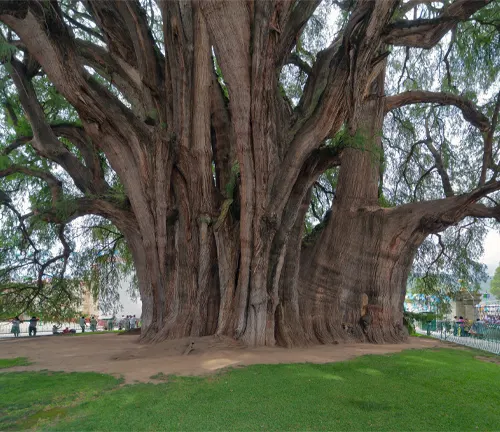
Believed to be around 2,000 years old, the Tule Tree boasts a circumference of over 137 feet, making it one of the stoutest trees on the planet. Its immense size has captivated locals and visitors alike, drawing attention to the intricate interplay between human culture and the environment. Adorned with gnarled branches and a lush canopy, the Tule Tree serves as a living monument to the rich biodiversity and ecological heritage of the region.
Revered by the indigenous Zapotec people, the tree has become a symbol of cultural significance, featuring prominently in local folklore and traditional celebrations. Its enduring presence not only reflects the remarkable adaptability of the species but also underscores the importance of preserving and appreciating the natural wonders that grace our planet. As a living relic of centuries gone by, the Tule Tree stands as a silent witness to the ever-evolving tapestry of life.
| Characteristic | Description |
|---|---|
| Scientific Name | Taxodium mucronatum |
| Common Name | Tule Tree |
| Location | Santa María del Tule, Oaxaca, Mexico |
| Age | Approximately 2,000 years |
| Circumference | Over 137 feet |
| Diameter at Breast Height | Approximately 38.1 meters (125 feet) |
| Species | Montezuma cypress (a type of cypress tree) |
| Cultural Significance | Revered by the Zapotec people |
| Symbolism | Represents biodiversity and cultural heritage |
| Conservation Status | Not formally assessed, locally protected |
| Notable Features | Gnarled branches, lush canopy, massive girth |
Botanical Beauty of “Tule Tree”
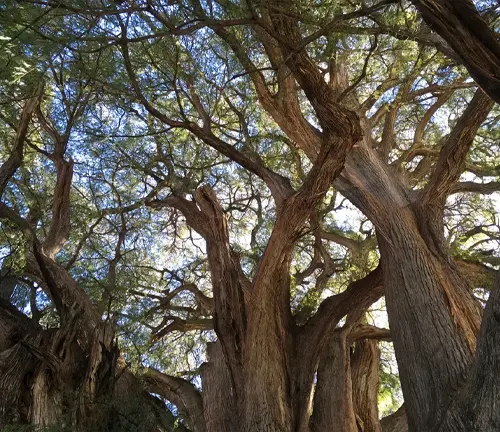
Nestled in the heart of Santa María del Tule in Oaxaca, Mexico, the “Tule Tree” stands as a botanical marvel, captivating all who encounter its majestic presence. Scientifically known as Taxodium mucronatum, this ancient Montezuma cypress has weathered the passage of approximately 2,000 years, a living testament to the resilience of nature. Its colossal girth, boasting a circumference of over 137 feet, renders it not just a tree but a magnificent living monument, symbolizing the intricate dance between time and nature.
Woodland Elegance
The Tule Tree exudes a woodland elegance with its distinctive features. Its gnarled branches and lush canopy create a silhouette that paints the sky, reflecting the grace that comes with centuries of existence. As the sunlight filters through the intricate network of leaves, it adds an ethereal touch to the landscape, making the Tule Tree not only a botanical wonder but a source of aesthetic inspiration.
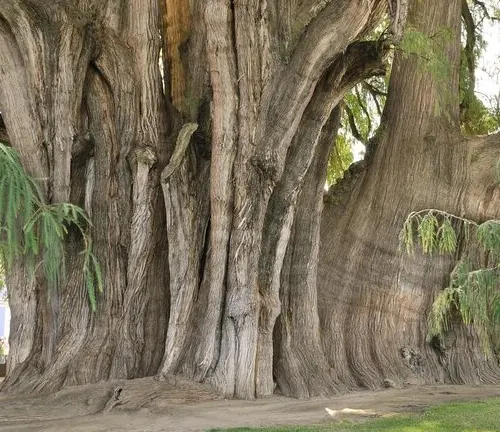
Ecological Importance
Beyond its visual appeal, the Tule Tree plays a crucial role in the local ecosystem. As a Montezuma cypress, it contributes to the rich biodiversity of the region. The tree provides a habitat for various species of flora and fauna, fostering a delicate ecological balance. Its towering presence serves as a reminder of the interconnectedness of all living things and the importance of preserving natural habitats.

Cultivation and Conservation
Efforts to cultivate and conserve the Tule Tree have gained momentum, recognizing its cultural and ecological significance. Locally protected in its native habitat, initiatives aim to ensure the continued existence of this ancient giant. Conservationists work hand in hand with local communities to implement sustainable practices, striking a delicate balance between human needs and the preservation of this natural heritage.
Fragrance
Apart from its visual splendor, the Tule Tree offers a sensory experience with its distinctive fragrance. The air around the tree is infused with the subtle scent of cypress, creating a tranquil and refreshing ambiance. This olfactory dimension adds another layer to the enchantment of the Tule Tree, making it a truly immersive natural encounter.
Soil Stabilization
The extensive root system of the Tule Tree plays a crucial role in soil stabilization. As its roots delve deep into the earth, they help prevent soil erosion, a vital ecosystem service. This feature not only ensures the tree’s stability but also contributes to the overall health of the surrounding environment, showcasing the tree’s functional significance in addition to its aesthetic and cultural value.
Common Uses
Throughout history, the Tule Tree has found various practical applications within the local community. From building materials to traditional crafts, the tree has been a valuable resource for the indigenous Zapotec people. Its wood, resistant to decay, has been utilized in the construction of dwellings and other structures, reflecting a sustainable and harmonious relationship between human communities and the natural world.
Benefits
The benefits of the Tule Tree extend far beyond its immediate surroundings. Its cultural significance as a symbol in local folklore and traditional celebrations enriches the identity of the community. Additionally, the tree’s contribution to oxygen production, carbon sequestration, and its role in maintaining a healthy ecosystem underline its global ecological importance. As awareness grows, the Tule Tree stands as an ambassador for the broader cause of environmental conservation, inspiring individuals to appreciate and protect the natural wonders that grace our planet.
Different Species
Montezuma Cypress
(Taxodium mucronatum)
The iconic Tule Tree native to Mexico, known for its massive size and cultural significance.
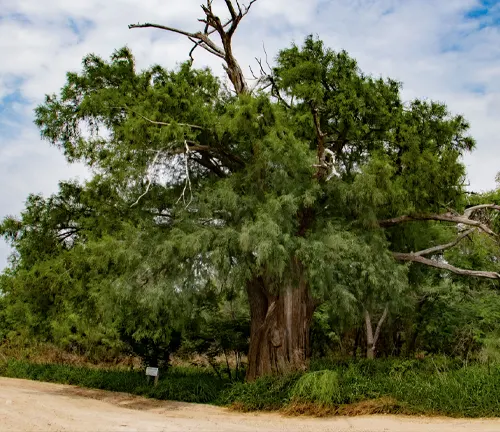
Bald Cypress
(Taxodium distichum)
Found in the southeastern United States, this deciduous cypress is known for its distinctive buttressed trunk and is often found in wetland habitats.

Pond Cypress
(Taxodium ascendens)
Similar to the bald cypress, the pond cypress is native to the southeastern United States and is often found in pond and swamp environments.

Chinese Swamp Cypress
(Glyptostrobus pensilis)
Native to China, this deciduous cypress is known for its distinctive fluted trunk and is often found in swampy areas.
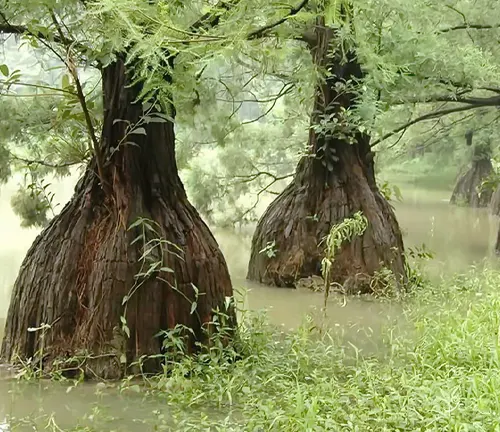
Dawn Redwood
(Metasequoia glyptostroboides)
Although not a true cypress, the dawn redwood is related and known for being a deciduous conifer. Native to China, it was thought to be extinct until living trees were discovered in the mid-20th century.
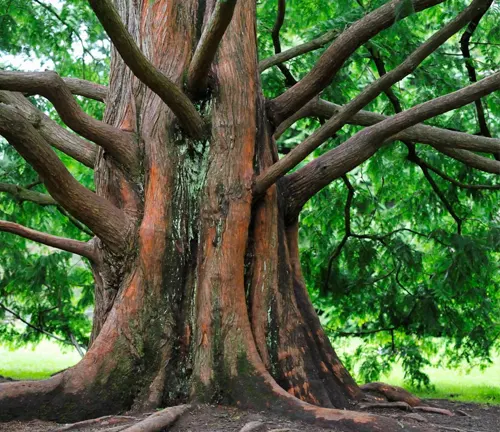
Frequently Asked Questions (FAQs)
- What is the Tule Tree?
This question seeks a basic understanding of what the Tule Tree is, including its species, location, and significance. - How old is the Tule Tree?
People often inquire about the age of the Tule Tree to appreciate its historical and cultural significance. - Where is the Tule Tree located?
This question aims to provide information about the specific geographic location of the Tule Tree, typically inquiring about the town or region. - Why is the Tule Tree important culturally?
Many might be curious about the cultural significance of the Tule Tree, exploring its role in local traditions and folklore. - What are the dimensions of the Tule Tree?
People may ask about the physical characteristics of the Tule Tree, including its circumference, height, and overall size. - How is the Tule Tree conserved?
Conservation efforts for ancient trees are often of interest, prompting questions about how the Tule Tree is protected and preserved. - Can I visit the Tule Tree?
This question is common among those interested in experiencing the Tule Tree firsthand and may inquire about accessibility and visiting guidelines. - Are there other significant trees in the region?
Some individuals might want to know if there are other notable trees or natural landmarks in the same area as the Tule Tree. - What is the ecological role of the Tule Tree?
Questions about the environmental impact of the Tule Tree, including its role in the local ecosystem and any conservation efforts tied to its ecological importance. - Is the Tule Tree the only ancient tree of its kind?
People might wonder if there are other trees similar to the Tule Tree in terms of age and size, both locally and globally.


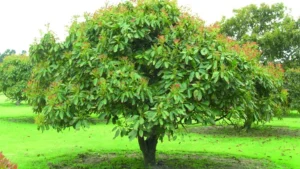

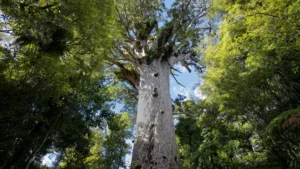
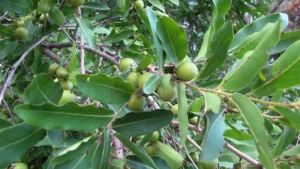
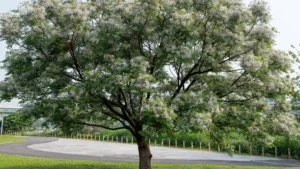
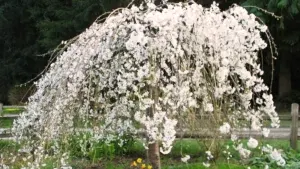

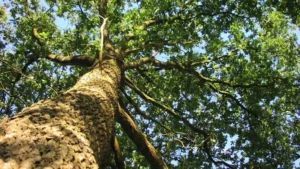


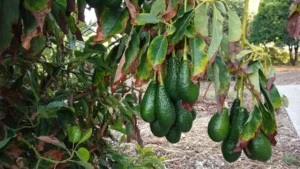
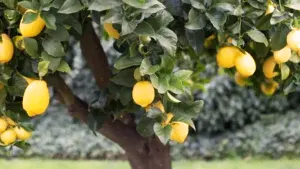
Leave your comment